Chili - The Spice of Life
Chili, a beloved spice used worldwide, is a versatile ingredient that adds depth, flavor, and heat to any dish. Known for its rich, spicy kick, chili peppers come in various forms, including fresh, dried, powdered, and as chili sauce or oil. Whether you're an adventurous cook or someone who enjoys adding a touch of heat to your meals, chili products offer the perfect solution.
Fresh Chili Peppers are vibrant, juicy, and packed with heat. From mild to extremely spicy varieties, fresh chilies can be sliced, diced, or used whole to infuse dishes with their pungent aroma. Great for stir-fries, salsas, and curries, fresh chilies add a fresh and bold flavor to your meals.
Dried Chili Peppers are perfect for slow-cooking and flavor extraction. When dried, chilies intensify their heat and smokiness. You can use them whole, ground into chili powder, or rehydrate them to create sauces and soups with a complex depth of flavor.
Chili Powder is a staple in kitchens around the world. A blend of dried chili peppers and other spices like cumin and garlic, chili powder adds a punch of heat and a savory aroma to dishes. Perfect for seasoning meats, soups, stews, and even grilled vegetables, chili powder offers convenience without compromising on flavor.
Chili Sauces and Oils are excellent for those who prefer a ready-to-use option. These products combine chili with ingredients like garlic, vinegar, or sesame oil to create flavorful sauces and oils that elevate your dishes instantly. Whether you like it sweet, tangy, or fiery, chili sauces and oils are perfect for dipping, marinating, or adding to your favorite foods.
Enhance your culinary creations with chili – a bold, flavorful ingredient that brings spice and excitement to every meal!
-
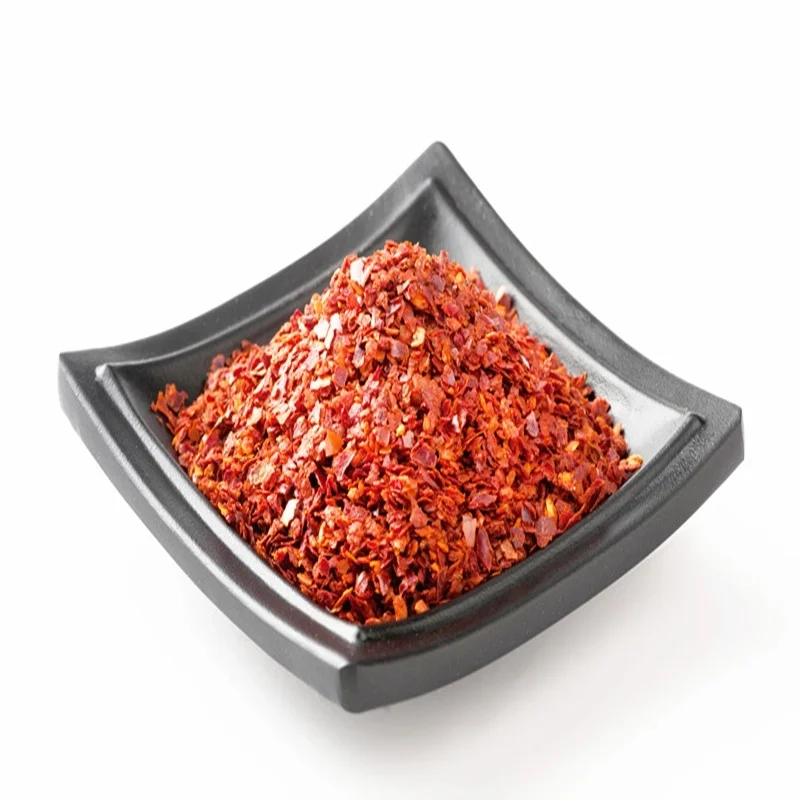
Gochugaru
2000-6000SHUO lenei gochugaru o le 100% masani e aunoa ma se faʻaopoopoga, o la matou oloa e lelei mo le pikiina, aemaise lava i suʻega kimchi lauiloa a Korea. Fa'atuatuaina e le tele o Korean kimchi brands, o la matou gochugaru e fa'amautinoa le moni ma fa'aleleia le tofo masani. Siitia lou poto masani i le pikiina i la matou Gochugaru sili ona lelei - o le filifiliga mama mo i latou o loʻo sailia le lelei e le faʻafefeteina i le fatuina o meaʻai faʻamalie ma moni Korea. Su'esu'e le ute o tu ma aga masani a Korea ma le tatou gochugaru tulaga ese, lea e fetaui lelei ai le mama ma le mauoa o le lelei o le pikiina.
-
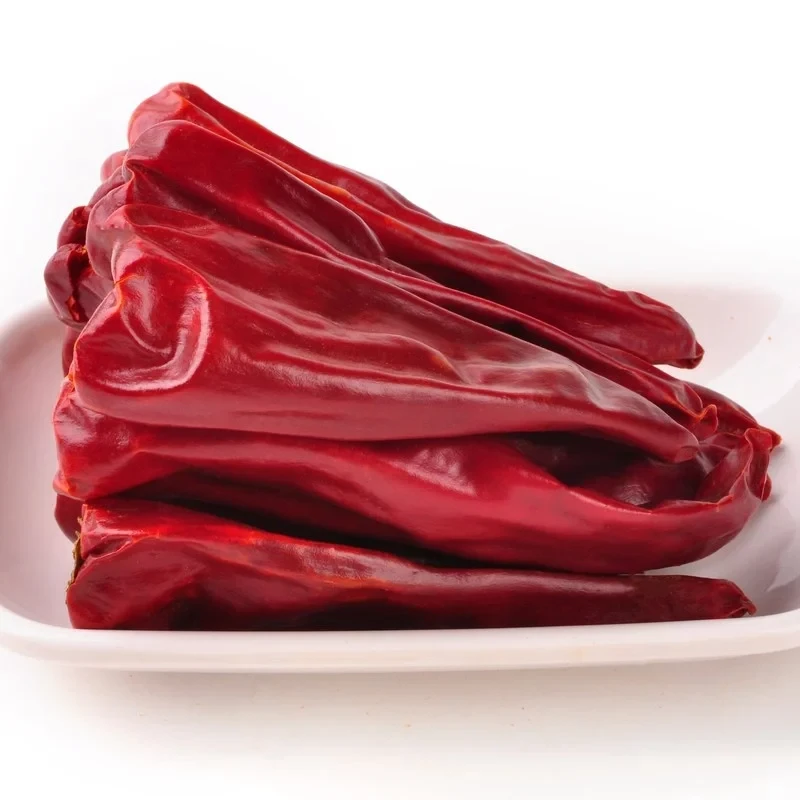
Chili Yidu mago
3000-5000SHUO lenei Yidu chili mamago e filifilia ma le faʻaeteete ma faʻagogo i le la, faʻasaoina o latou uiga masani ma auala faʻaleaganuʻu tuʻufaʻatasia, e maua ai se mea faʻapitoa tau kuka. E 100% fa'anatura e aunoa ma ni mea fa'aopoopo, e fa'aalia ai se lanu mumu viia, tofo tulaga ese, spiciness faifai pea, ma uiga mata'ina. E avea o se isi fa'amalama maloloina, e mafai ai e tagata fa'atau ona fetuunai le maualuga o le manogi i totonu oa latou ipu e tusa ai ma mea e fiafia i ai le tagata lava ia. O uiga fa'apitoa o la tatou chili Yidu mamago ua avea ai ma filifiliga sili ona lelei ma fa'afiafiaina mo tagata fiafia i mea'ai.
-
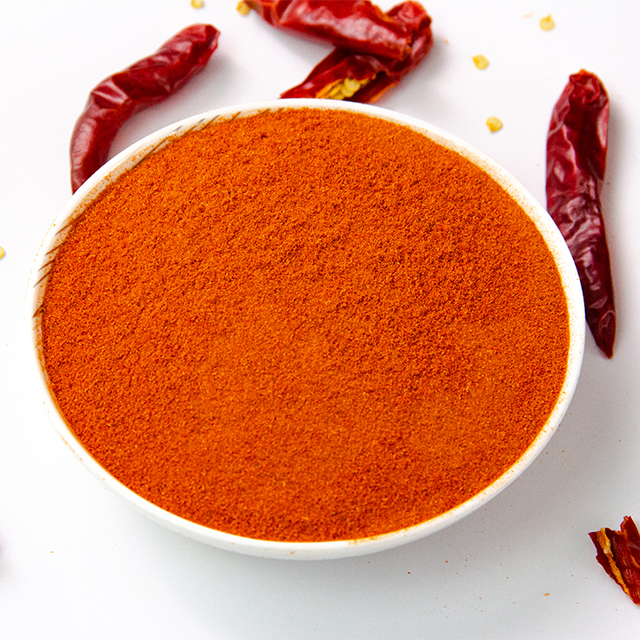
Chili pauta-10,000-15,000SHU
10,000-1,5000SHUO lenei pauta chili ose mea manogi sili ona lelei e fa'aopoopoina ai le pa'u o le tofo ma le vevela i ipu eseese. E maua mai i pepa sili sili ona lelei, o la matou oloa ua gaosia ma le sa'o e ausia tulaga maualuga o le lelei ma le tofo.
-
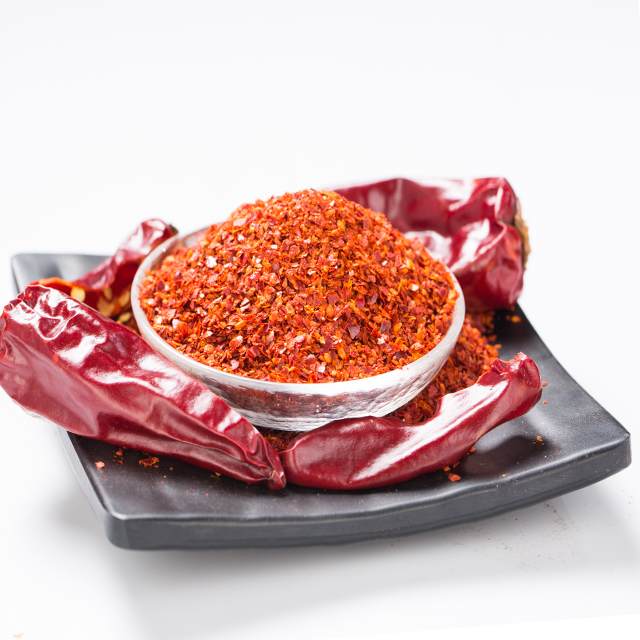
paprika suamalie nuti
E le vevelaO lenei paprika suamalie e nutimomoia e 100% mama, e leai ni faʻailoga, faʻafefe, ma Sudan Red. O a matou oloa e faʻamaonia le mama ma le lelei, faʻamautinoaina se faʻaopoopoga tofo i au ipu. Faatasi ai ma le leai o se pona ma le pulea lelei o le lelei, e tu o se filifiliga faatuatuaina mo e fiafia i meaʻai. Si'itia au mea'ai fatuga i la matou paprika suamalie sili ua nutimomoia, e maua ai le uiga e le mafaatusalia ma se fa'aopopoga e le pona i au fua e sili ona e fiafia i ai. Fa'alagolago i le mama oa tatou oloa mo se taumafa lelei ma le matagofie.
-
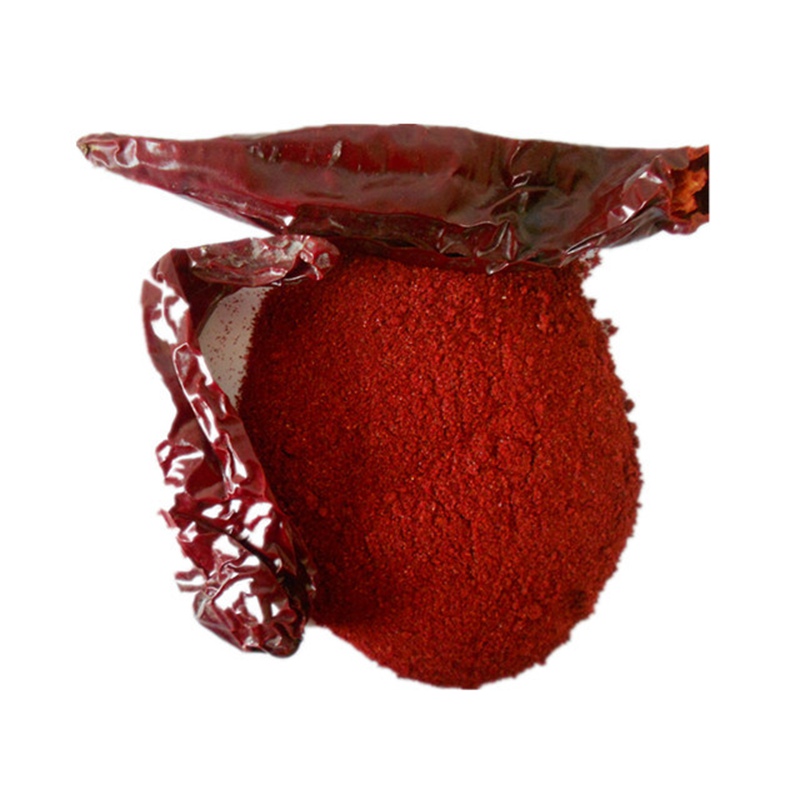
Paprika suamalie suamalie
E le vevelaO lenei paprika suamalie e 100% fa'alenatura e aunoa ma ni mea fa'aopoopo, fa'aalia ai se lanu mumu lanu, tofo tulaga ese ma uiga mata'ina. O se mea'ai e le fa'afefeteina e mafai ona fa'aoga e fa'alelei ai le lanu o ipu, e fa'amatagofie ai. O uiga fa'apitoa o la tatou paprika suamalie suamalie e avea ai ma filifiliga sili ona lelei ma fa'afiafia mo tagata fiafia i mea'ai.
O la matou paprika suamalie e ofoina atu filifiliga faʻapitoa mo lanu eseese, ma afifiina. matou te tuuto atu i le faʻaogaina o manaʻoga faʻapitoa eseese.
-
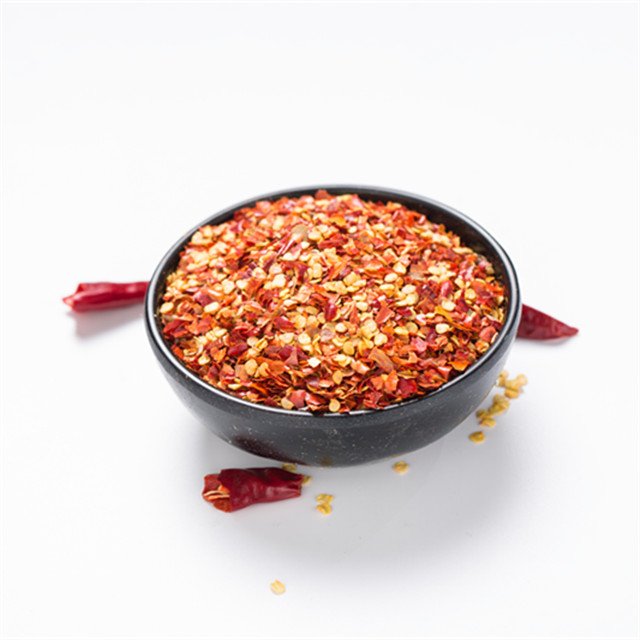
chili nuti-40,000-50,000SHU
40,000-50,000SHUO la matou falegaosimea ose nofoaga o mea manogi fou, e ofoina atu le tele o oloa eseese, e aofia ai le pepa mumu nutimomoia, pa'u chili, chili mago, fasi chili, ma le suauu chili. O la matou laina oloa tele e fa'amalieina mana'oga tau kuka eseese, mai le fa'aopoopoina o se kiki aasa i pizzas ma pastas i le fa'auluina o mea manogi lelei i suti ma sou. O oloa ta'itasi i la matou aoina ua maua le fa'ailoga iloga a le EU, e fa'amaonia ai la matou tautinoga le maluelue i le lelei. Si'itia au mea'ai fatuga ma a matou mea manogi fa'apitoa, faia mo le fa'aogaina ma le fa'amaoni, fa'amautinoaina se fa'afiafiaga ma le tofo i fa'aaliga uma o umukuka.
-
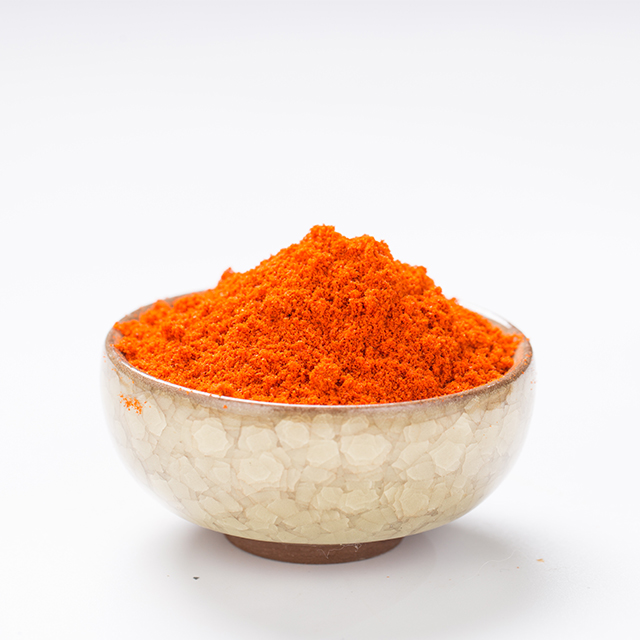
chili pauta-600,000SHU
60,0000SHUO lenei paʻu chili e 100% faʻanatura e aunoa ma se faʻaopoopoga, faʻaalia se lanu mumu lanu, tofo tulaga ese, faʻafefete faifaipea, ma uiga mataʻina. E avea o se isi fa'amalama maloloina, e mafai ai e tagata fa'atau ona fetuunai le maualuga o le manogi i totonu oa latou ipu e tusa ai ma mea e fiafia i ai le tagata lava ia. O uiga fa'apitoa o le matou pa'u chili ua avea ai ma filifiliga fa'apitoa ma fa'afiafiaina mo ē fiafia i mea'ai.
O le matou pauta chili e ofoina atu filifiliga faʻapitoa mo tulaga faʻafefete eseese, lanu, ma afifiina. matou te tuuto atu i le faʻaogaina o manaʻoga faʻapitoa eseese.
-
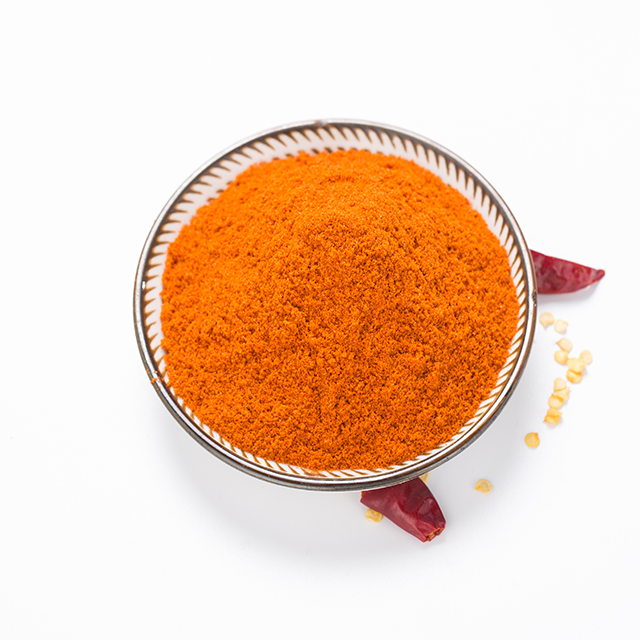
chili pauta-70,000-80,000SHU
70,000-80,000SHUO lenei pauta chili e lauiloa i lona tulaga maualuga, e mama ma saoloto mai mea faaopoopo. Matou te mitamita i le tuʻuina atu o se oloa e sili atu i tulaga faʻapitoa, maua le viia e ala i le tele o oloa auina atu i fafo i le Iunaite Setete, Europa Europa, ma isi malo. Filifili la matou pauta chili mo se poto masani tau kuka, faʻaalia i le tofo faʻapitoa ma se tautinoga i uiga lelei ua faʻamautu ai i matou o se faʻatau faʻalagolago i maketi o le lalolagi.
-
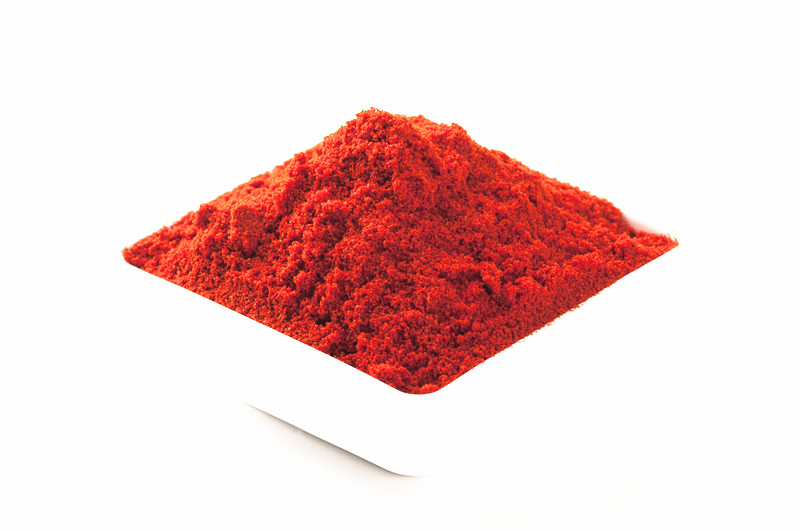
chili pauta-50,000SHU-60,000SHU
50,000-60,000SHUO lenei pauta chili e tulaga ese o se filifiliga sili ona lelei - mama, leai se mea faaopoopo, ma leai se kulūteni. E maua mai le sili sili ona lelei pepa, oa matou oloa e faʻamaonia ai se poto masani faʻamalo. Sa'oloto mai mea fa'aopoopo ma kulūlū, e ofo mai ai se pa'i fa'anatura ma lelei i au gaosiga o mea'ai. Filifili le matou pauta chili mo le tofo mama ma se meaʻai maloloina lelei!
What Is The Trick To A Good Chili?
Chili, a beloved spice used worldwide, is a versatile ingredient that adds depth, flavor, and heat to any dish. Known for its rich, spicy kick, chili peppers come in various forms, including fresh, dried, powdered, and as chili sauce or oil. Whether you're an adventurous cook or someone who enjoys adding a touch of heat to your meals, chili products offer the perfect solution.
Fresh Chili Peppers are vibrant, juicy, and packed with heat. From mild to extremely spicy varieties, fresh chilies can be sliced, diced, or used whole to infuse dishes with their pungent aroma. Great for stir-fries, salsas, and curries, fresh chilies add a fresh and bold flavor to your meals.
Dried Chili Peppers are perfect for slow-cooking and flavor extraction. When dried, chilies intensify their heat and smokiness. You can use them whole, ground into chili powder, or rehydrate them to create sauces and soups with a complex depth of flavor.
Chili Powder is a staple in kitchens around the world. A blend of dried chili peppers and other spices like cumin and garlic, chili powder adds a punch of heat and a savory aroma to dishes. Perfect for seasoning meats, soups, stews, and even grilled vegetables, chili powder offers convenience without compromising on flavor.
Chili Sauces and Oils are excellent for those who prefer a ready-to-use option. These products combine chili with ingredients like garlic, vinegar, or sesame oil to create flavorful sauces and oils that elevate your dishes instantly. Whether you like it sweet, tangy, or fiery, chili sauces and oils are perfect for dipping, marinating, or adding to your favorite foods.
Enhance your culinary creations with chili a bold, flavorful ingredient that brings spice and excitement to every meal!
Why Are Peppers Called Chili?
The term "chili" is often used to refer to various types of hot peppers, but its origin and usage are a bit more complex. Here’s why peppers are called "chili":
1.Etymology from Nahuatl (Aztec language):
The word "chili" comes from the Nahuatl language, which was spoken by the Aztecs and other indigenous peoples in Mesoamerica. In Nahuatl, the word for pepper is "ch? lli". The Aztecs and other native groups in Central and South America cultivated and used chili peppers long before Europeans arrived, and they were integral to their cuisine.
When Spanish explorers encountered these peppers in the Americas in the 15th and 16th centuries, they adopted the Nahuatl word "ch? lli" to describe them. The term eventually made its way into other languages, including English, where it became commonly used.
2. Naming Confusion and Global Spread:
The word "chili" is used differently around the world. In many places, "chili" refers to the fruit of the Capsicum plant, which can be used fresh, dried, or powdered to add heat to food. However, when used in the context of chili con carne (the famous spicy stew), the name "chili" specifically refers to the dish made with ground meat, chilies, beans, tomatoes, and spices.
In the U.S. and many English-speaking countries, the term "chili" has become synonymous with hot peppers, especially Capsicum annuum, which includes common varieties like jalapenos, serranos, and cayennes. However, in other parts of the world, like India and some parts of Asia, the term "chili" often refers to the spicier varieties of Capsicum that are commonly used in their cuisines.
3. "Chili" vs. "Chili Pepper":
In the 17th century, when Christopher Columbus brought the peppers back to Europe, they were initially thought to be a type of pepper (which they resemble in taste and appearance). The name “pepper” had already been used to describe the spicy fruit of the Piper nigrum plant (black pepper), and this led to the widespread use of the term "pepper" for the Capsicum family, despite them being botanically unrelated. Over time, the term "chili pepper" was adopted in many languages to differentiate the spicy peppers from black pepper.
In this sense, "chili" became shorthand for chili pepper, the pepper that imparts heat, especially from the Capsicum family, which includes many varieties of peppers that vary in heat intensity.
4. Cultural Influence and Usage:
The spread of chili peppers around the world, particularly after the Columbian Exchange (which was the exchange of plants, animals, and cultures between the Americas and the Old World), played a significant role in shaping global cuisine. As chili peppers became more commonly used in a wide range of dishes, the name “chili” was often applied to dishes and recipes that incorporated these peppers, such as chili con carne, chili oil, and chili sauce.
In summary, "chili" is derived from the Nahuatl word for pepper, "ch? lli", and has evolved in usage due to its widespread adoption in cuisines around the world. It’s used to refer to both the pepper itself and the dishes made with it, particularly those that are spicy and contain peppers.








